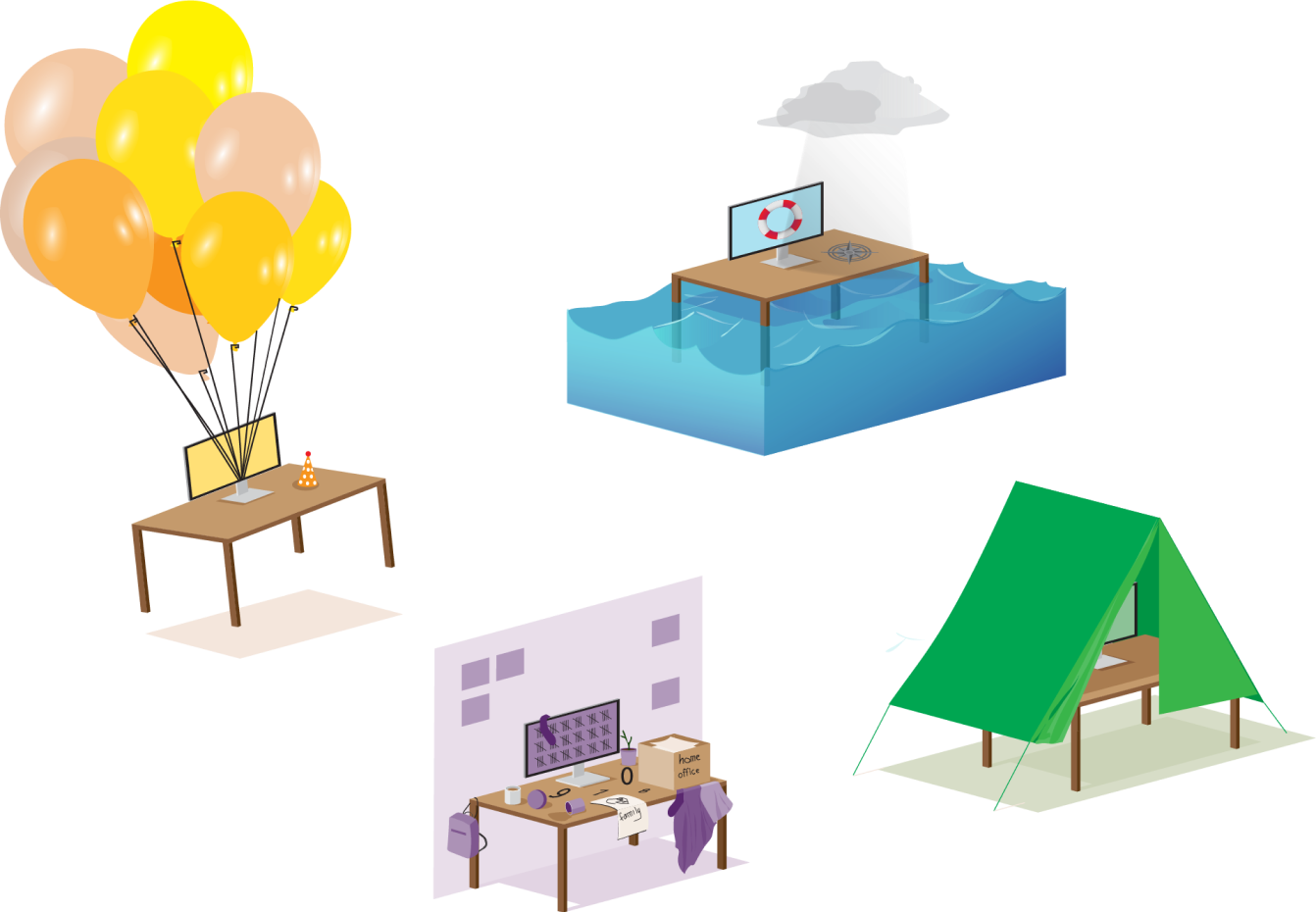In 2020, I spent most of my time thinking about the future of work – first, understanding how COVID-19 was forcing us to work differently inside Paper Giant, and then through global research and design project work with Atlassian and other clients.
The task of researching and working on such a shared global experience (and indeed, a global experiment in remote work) was deeply rewarding, but uncanny. Uncanny in that, unlike many of our projects, we were also experiencing the change ourselves.
As the year progressed, we worked with other clients and ourselves to understand what about that shift would remain temporary, and what was here to stay.
What we learned is that the vast majority of people prefer working remotely to working from an office. In our data, we found that only 20% of people want to return to a majority office-based experience of work. For that 20%, they primarily want to return to the office because they assume their colleagues will be there too. This raises two questions:
- What happens when your colleagues aren’t there?
- What happens if they’re only there on a different day to you?
There are some significant design challenges and opportunities in making this work, but they’re not impossible to solve.
The shift – to remote and hybrid working models – has profound implications for our concept of the ‘office’ (let alone cities, housing prices, talent attraction and retention, and career opportunities), but also deep implications for the ways in which we work together and collaborate.
It’s an opportunity for organisations to further differentiate themselves from their competition. The organisations that understand how to work in this environment best will be at a significant advantage.
Flexible work policies and better systems and processes for supporting remote work were already competitive advantages for attracting staff and talent. With even the most conservative organisations forced to adopt these practices for the first time, organisations will have to continue to improve systems and processes to remain at the forefront of employee experience. They’ll also need to build new listening mechanisms into their organisations so that they can understand and work with the newly diverse set of expectations and needs of their workforce.
Every leadership group is probably thinking about office implications, figuring out which teleconference technology to invest in and so on, but the best leaders will also be doubling down on employee experience design – looking to understand the needs of their workforce in a hybrid context, and improving the equality, trust and innovation potential of their teams through better, more personalised supports.





